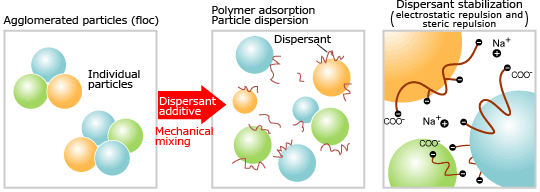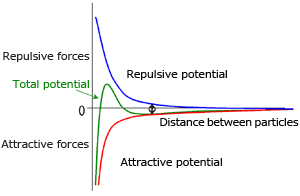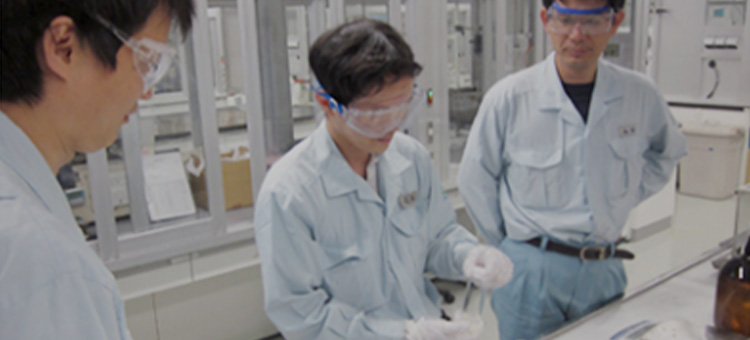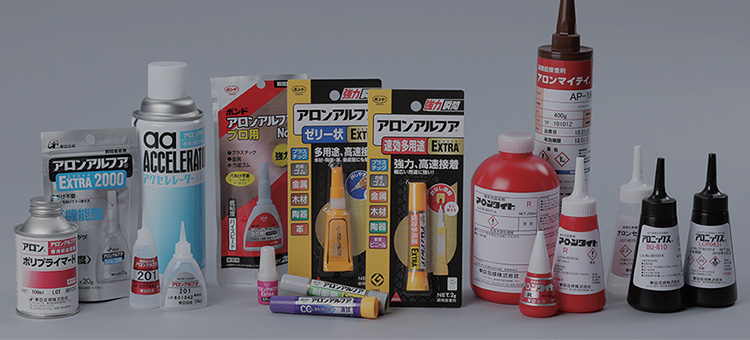Acrylic polymers Dispersants
Dispersants are used in many applications including dispersant stabilization for pigments in paper manufacturing and paints, chute drilling in civil engineering, as well as chelate dispersion and coagulation prevention in textiles and sanitary applications. We offer grades tailored to use conditions, such as specific types and sizes of pigment.
- Product Name
- ARON and JURYMER

- Information technology
- Electronics materials
- Environment and energy
- Reduction of environmental impacts
- Basic materials
- Pulp and paper products Resin and rubber additives Steel and non-ferrous metals Paints, inks, coatings and adhesives Other
- Living
- Apparel and textiles Printing materials Packaging materials
Features
What are Dispersants?
Dispersants are widely used to disperse various types of inorganic pigments in water at a high concentration and low viscosity. We are developing polyacrylic acid dispersants with high functionality and wide applicability. We have released polyacrylic acid dispersants compatible with a wide variety of inorganic pigments.
Functions
- 1Adhere to the pigment surface and cause it to blend with liquid (water).
Wetting - 2In addition to mechanical operations, they divide and grind pigment agglomerate.
Atomization (break down into primary particles) - 3Prevent re-agglomeration of particles due to electrostatic repulsion and steric repulsion and control sedimentation and formation.
Dispersant stabilization

Between pigment particles dispersed in water there are attractive forces that try to make particles agglomerate together (London-van der Waals force), and repulsive forces (electric repulsive force due to ionization of dispersants adsorbed by the pigment and repulsive forces due to steric hindrance) at work. The condition of dispersion is determined by the balance between these attractive and repulsive forces, and generally, it is possible to obtain sufficient repulsive force.

Dispersants require two important properties in order to exhibit good dispersing performance:
- 1adsorption to the particle surface
- 2ionization of the dispersant
Because polyacrylic acid dispersants have excellent performance in relation to adsorption and ionization, when combined with pigments, they are widely used.
Usage
Paper, paints, civil engineering, textiles and sanitary



